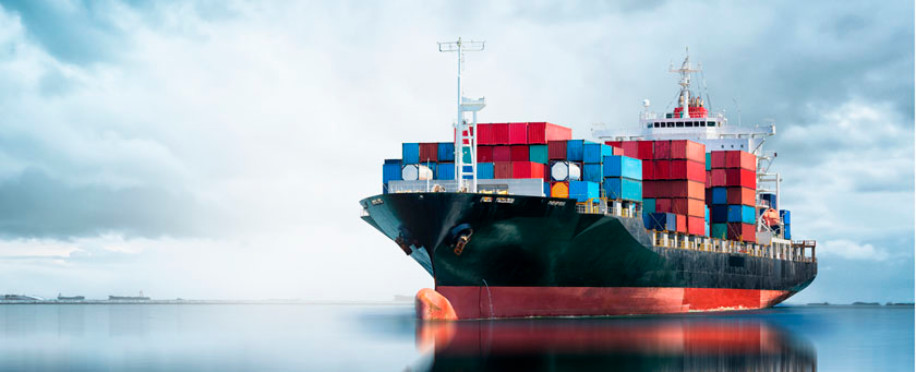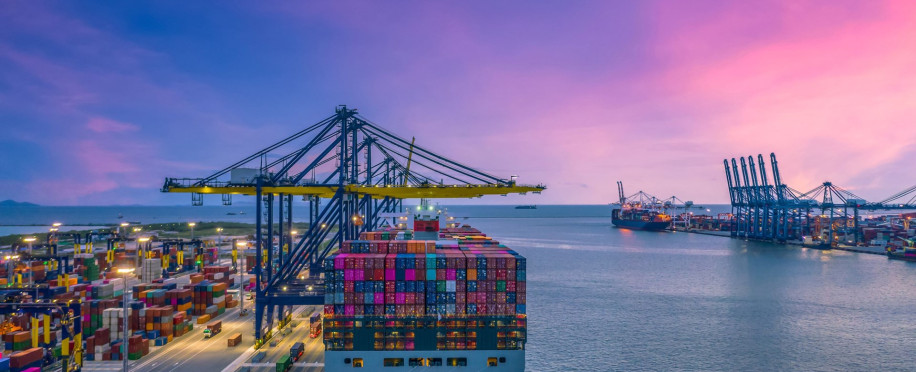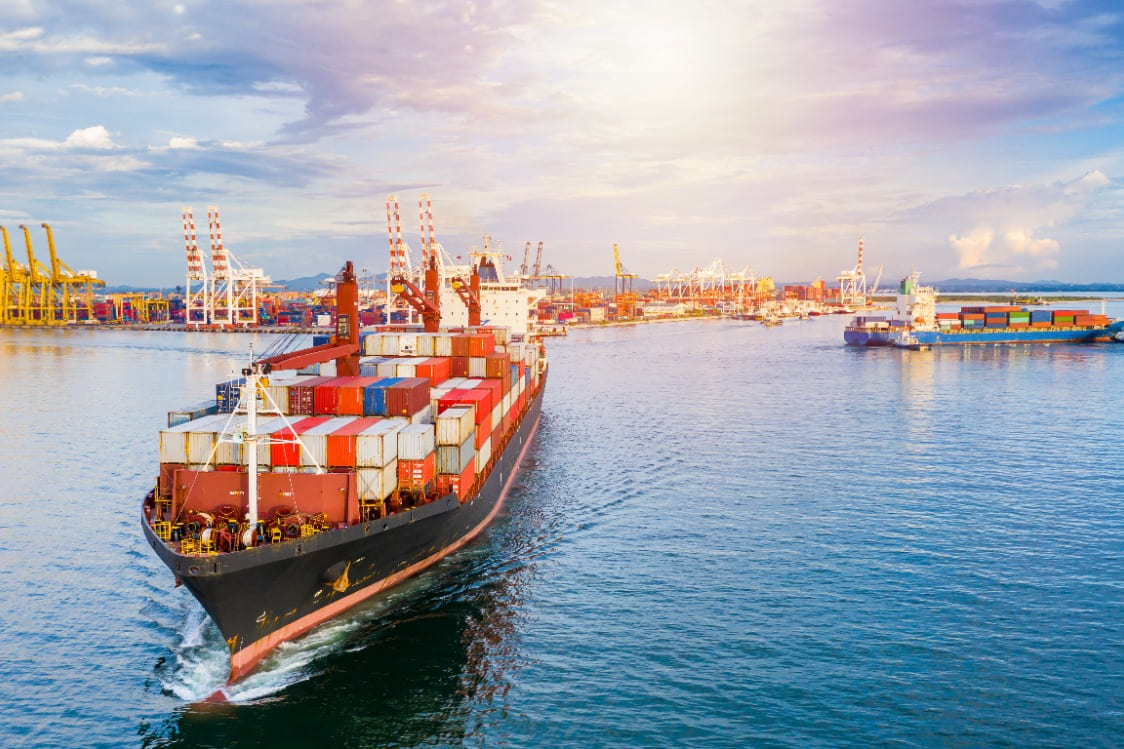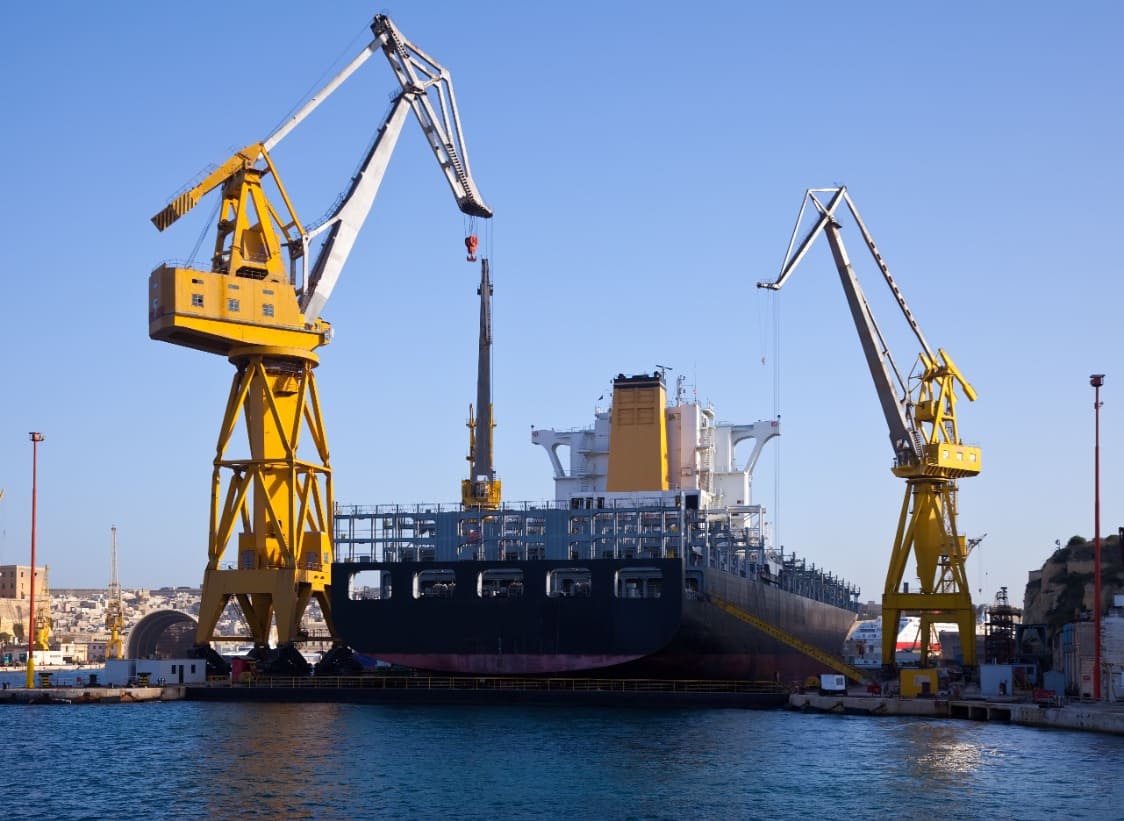Marine Spatial Planning: Shaping Our Ocean's Future
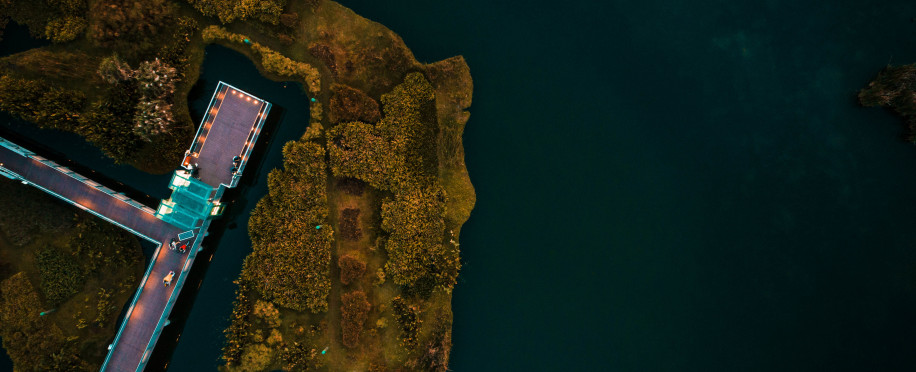
Posted on Mar 24, 2024 at 11:03 PM
Various activities are going through the blue seas and oceans, whether we are talking about international or national activities. And the marine spatial planning (MPS) aims to align all these together to get the best outcomes.
Moreover, marine spatial planning (MSP) is a key tool in managing and aligning human activities with marine sustainable policy.
Today, we are going to guide you through vital information about the marine spatial planning process, the main principle of the MSP plans, and the comprehensive objectives of the marine spatial planning approach.
What Is Marine Spatial Planning (MSP)?
Marine spatial planning (MSP) term refers to the process of collecting and analysing temporal and spatial data to develop practical sustainable management of various human activities in the marine environment.
Moreover, the marine spatial planning process works on the ocean, sea, and coastal environments to achieve the ecological, economic, and social objectives of that specific location. While considering several factors including environmental protection, maritime commerce development, climate change, cultural preservation, and stakeholder interests.
As the marine spatial planning (MSP) process aims to boost the sustainability development practice while reducing the conflicts on marine resources. Thus, to achieve all of that all stakeholders such as government agencies, multiple industries, environmental organisations, and people in the coastal communities must be included in the planning process.
What Is the Principle of Marine Spatial Planning?
The key principle of marine spatial planning (MSP) is the sustainable management of marine and coastal resources to achieve ecological development, support economic improvement, and enhance the lives of coastal communities.
However, this public principle of marine spatial planning (MSP) includes some innovative sub-principles within:
-
Ecosystem-Based Approach: MSP aims to balance implemented human activities with marine ecosystems by evaluating their ecological functions, biodiversity, and interactions between species and habitats.
-
Integrated Management: The maritime spatial planning (MSP) role supports achieving perfect coordination among various sectors and interests that function on the ocean, including conservation, fisheries, energy, transportation, tourism, and recreation.
-
Stakeholder Participation and Collaboration: as we mentioned earlier, the success of the marine spatial planning approach requires the collaboration of all relevant stakeholders. Including diverse government agencies, environmental organisations, and even residents of coastal communities.
-
Spatial Planning and Zoning: the marine spatial planning sector functions through professional spatial planning tools, such as zoning and area-based management measures. That allows the accurate identification of suitable waters and zones for conservation, sustainable development, renewable initiative, and other purposes based on international considerations.
What Are the Objectives of Marine Spatial Planning (MSP)?
The marine spatial plan is developing every day with stable steps and guidance to ensure the best results and protect the ocean and humans as well. Thus, the vision of the MPS process revolves around that integrated concept.
-
Protecting the Environment:
Marine spatial planning (MSP) focuses on increasingly saving marine ecosystems, distribution, living habitats, and biodiversity.
And that is done through identifying and labelling areas for conservation and sustainable use, lowering the impacts of human activities, funding workshop initiatives, and promoting ecosystem-based management approaches for processes on the ocean and coastal ones.
-
Encouraging Sustainable Investment:
As sustainability is the main step of operational marine spatial plans, thus, it for sure will provide a stable framework for coordinated decision-making and spatial allocation related to defined sustainable investment in any regional zone.
These patterns can and will facilitate designed economic growth, and reduce negative environmental and social impacts.
-
Maritime Commercial Development:
According to the professional maritime commercial practices courses, an effective marine spatial planning (MSP) process brings in sustainable growth and development of the entire maritime commerce by strategically organising and allocating spatial marine spaces.
This MSP objective involves identifying potential locations for port infrastructure, shipping lanes, and maritime transport routes to maintain and enhance connectivity and financial efficiency while minimising environmental impacts and conflicts between various parties.
-
Organising Different Maritime Activities:
The wide perspective of the marine spatial planning (MSP) process allows it to manage and coordinate various maritime activities such as shipping, fishing, tourism, and offshore development.
Moreover, achieves effective reduction of conflicts between users, outlines improved spatial use, and promotes sustainable commitment to the usage of marine resources and space.
Eventually,
Marine spatial planning is a project that everyone wants to succeed and achieve its final goals due to its impact on the marine environment, trade on the ocean, and human life.
However, the MSP approach must follow updated and accurate strategies with the latest tools and technologies that are controlled only by trained and expert workers.
